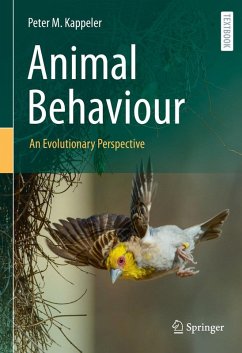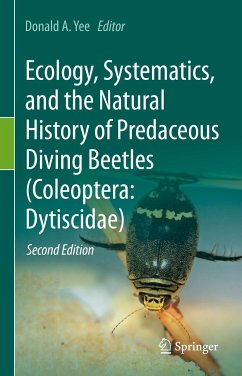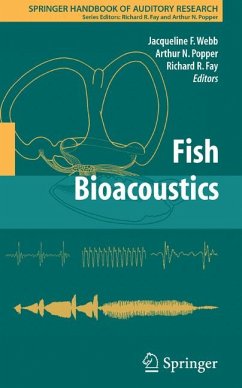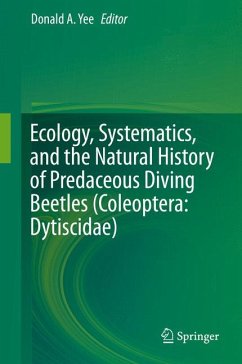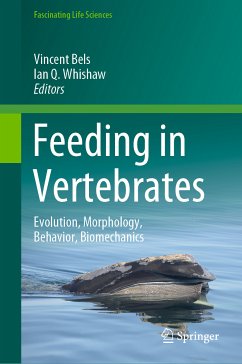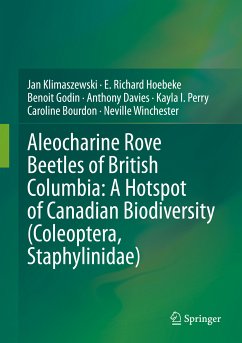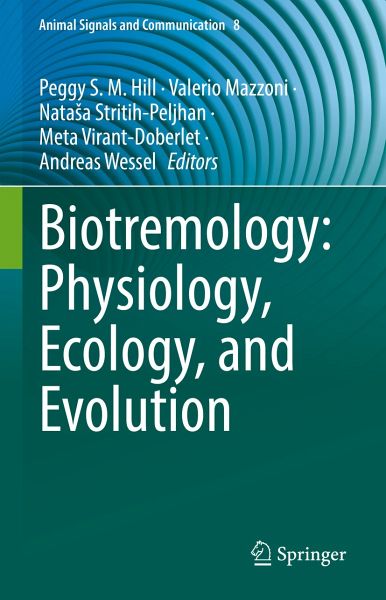
Biotremology: Physiology, Ecology, and Evolution (eBook, PDF)
Versandkostenfrei!
Sofort per Download lieferbar
Statt: 246,09 €**
175,95 €
inkl. MwSt.
**Preis der gedruckten Ausgabe (Gebundenes Buch)
Alle Infos zum eBook verschenkenWeitere Ausgaben:

PAYBACK Punkte
88 °P sammeln!
Biotremology is a new and emerging discipline in biological sciences that covers all aspects of behavior associated with substrate-borne mechanical waves. This volume provides state-of-the-art reviews and technical contributions from leading experts and invited younger researchers on topics from signal production and transmission to perception in its ecological context. Reviews about the knowledge of well-studied groups are complemented with perspectives on the study of less-explored groups or contexts. Special attention is given to practical issues in measuring substrate-borne vibrations as w...
Biotremology is a new and emerging discipline in biological sciences that covers all aspects of behavior associated with substrate-borne mechanical waves. This volume provides state-of-the-art reviews and technical contributions from leading experts and invited younger researchers on topics from signal production and transmission to perception in its ecological context. Reviews about the knowledge of well-studied groups are complemented with perspectives on the study of less-explored groups or contexts. Special attention is given to practical issues in measuring substrate-borne vibrations as well as to applied biotremology. The book appeals to all those interested in communication and vibrational behavior.
Dieser Download kann aus rechtlichen Gründen nur mit Rechnungsadresse in A, B, BG, CY, CZ, D, DK, EW, E, FIN, F, GR, HR, H, IRL, I, LT, L, LR, M, NL, PL, P, R, S, SLO, SK ausgeliefert werden.



